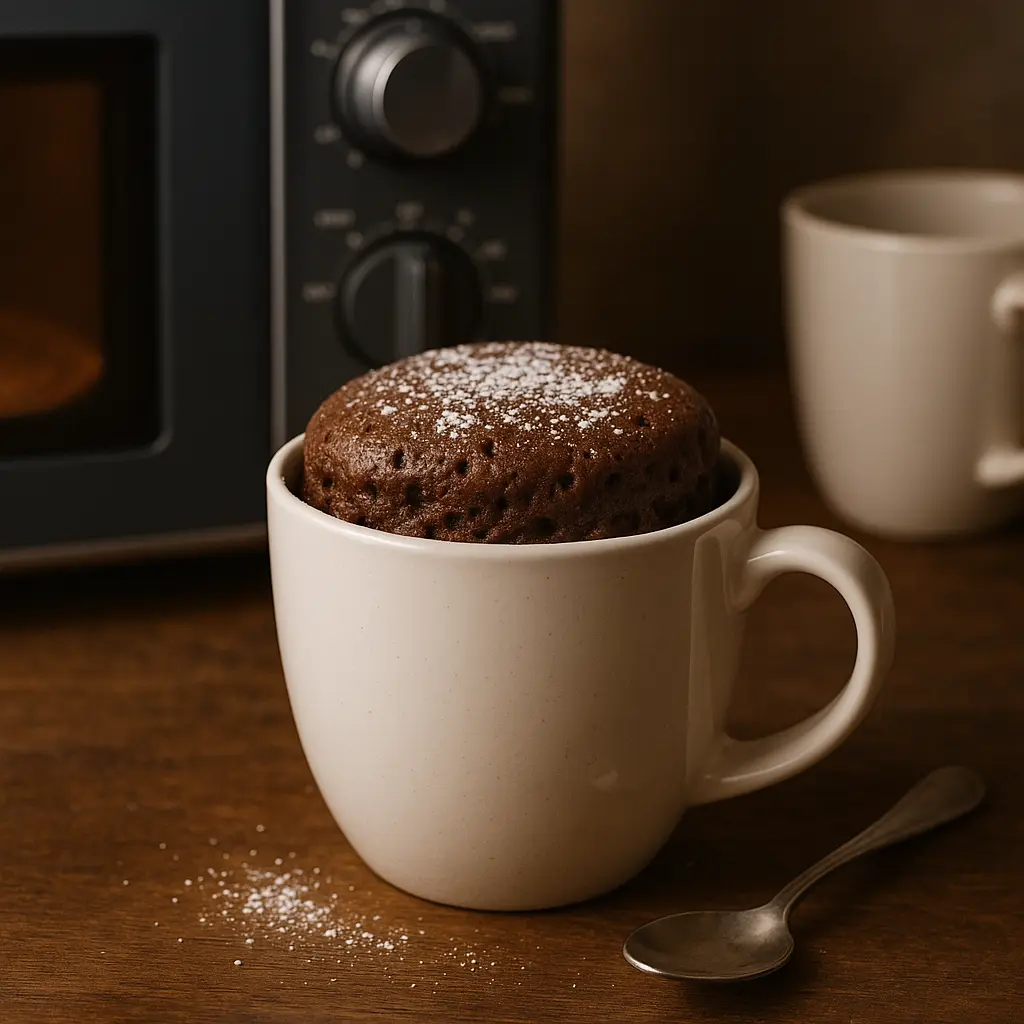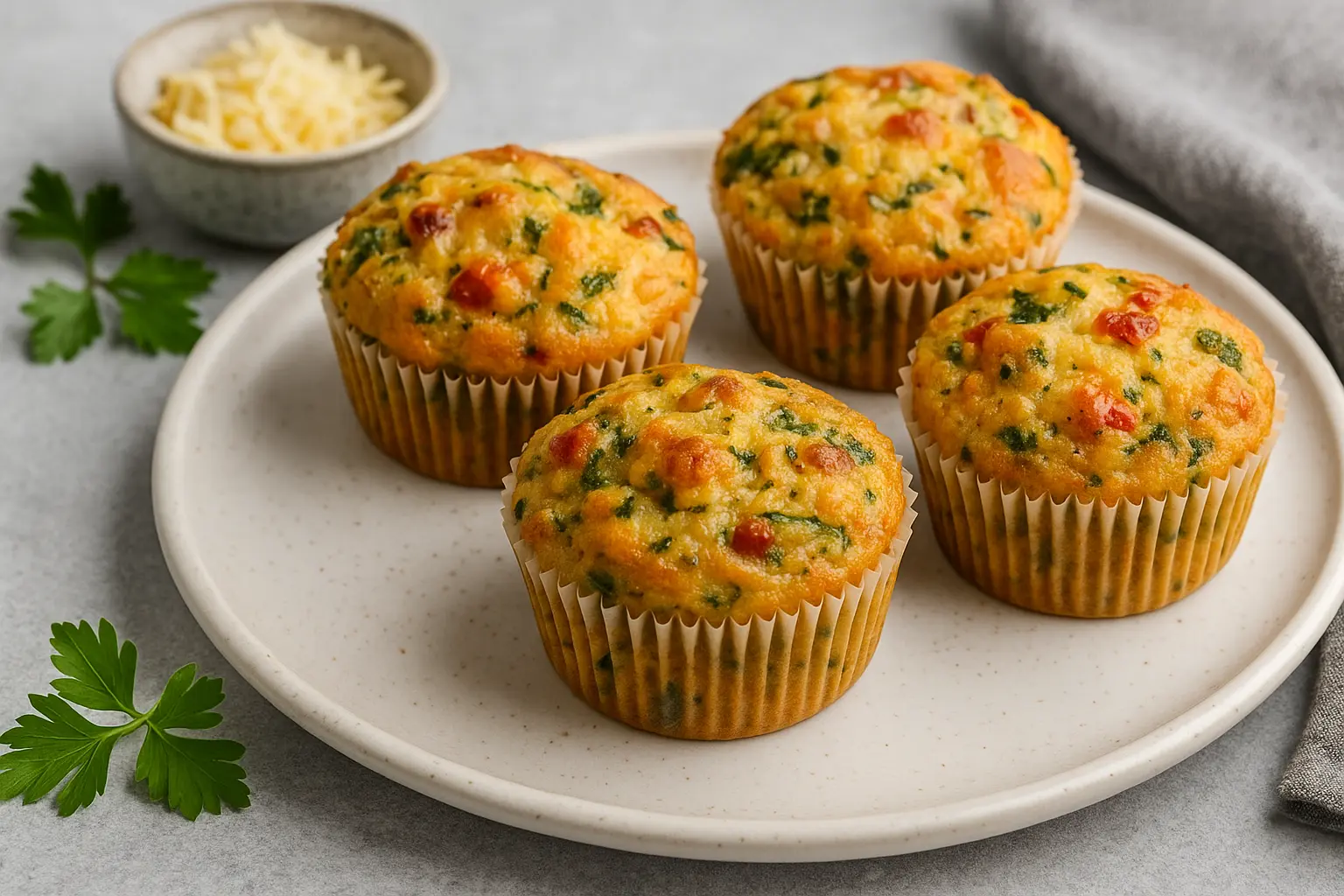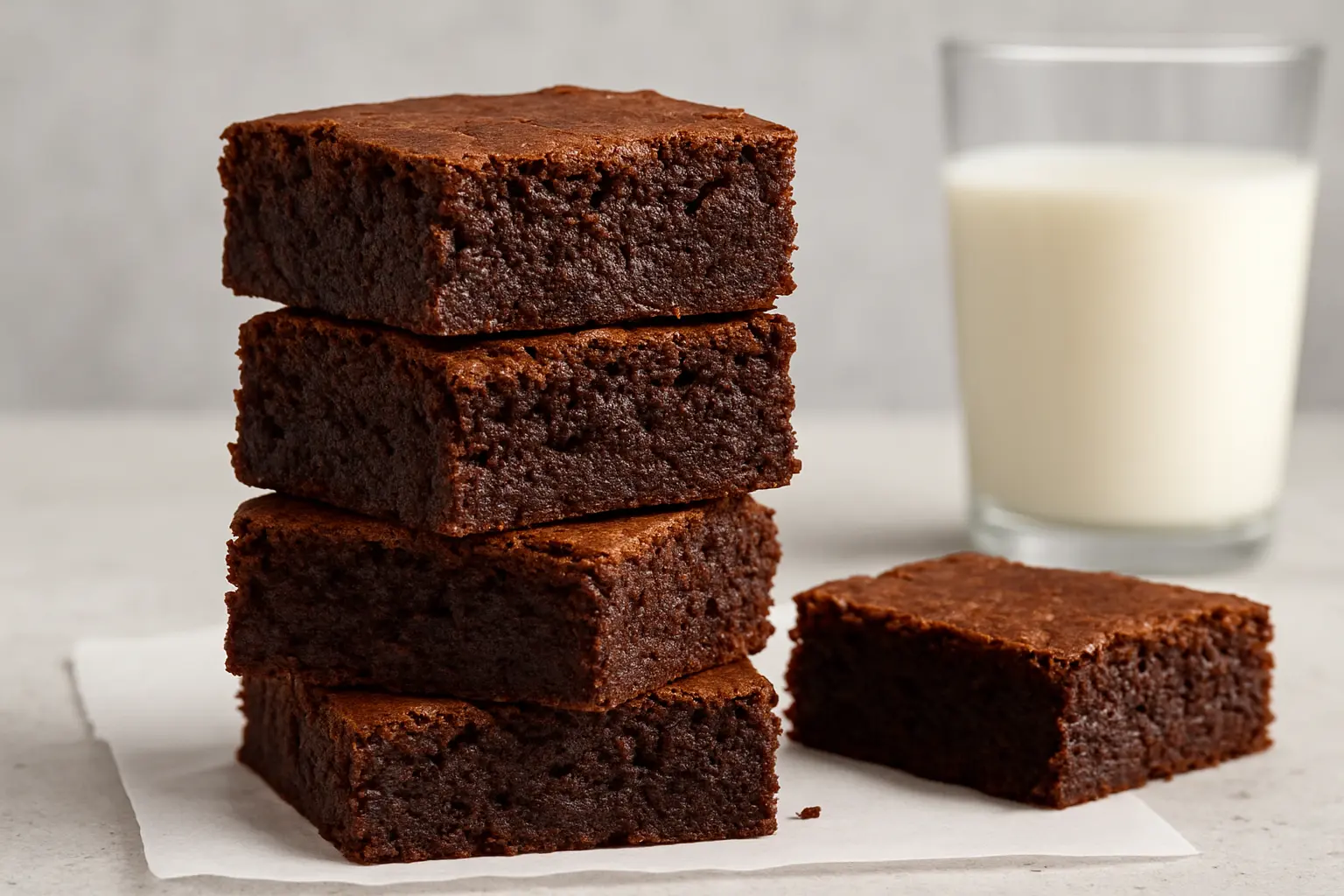There’s a reason microwave mug cakes have taken kitchens by storm—they are the ultimate quick fix for dessert cravings. Whether you’re a student in a dorm, a busy parent, or simply someone who doesn’t want to turn on the oven, mug cakes deliver sweetness in under five minutes. No waiting for preheating, no trays of leftovers, and no complicated baking science—just a few pantry staples, a mug, and a microwave.
In this comprehensive guide, we’ll explore everything you need to know about mug cakes: the science behind them, the essential ingredients, step-by-step instructions, variations for every craving, dietary swaps, troubleshooting, and expert tips to ensure success every time. By the end, you’ll have a repertoire of recipes and the confidence to whip up a single-serve cake whenever the craving strikes.

Why Mug Cakes Work: The Science Behind the Speed
Mug cakes are essentially single-serving cakes made directly in a mug and microwaved for 1–3 minutes. But how does something that normally takes 20–40 minutes in the oven happen in just a fraction of the time? The secret lies in microwave heat distribution.
Microwave Radiation: Instead of heating the air and baking indirectly (like an oven), microwaves excite water molecules directly inside the batter, creating steam and heat quickly.
Small Volume: A mug cake uses a fraction of the batter of a traditional cake, so it cooks through almost instantly.
Steam Power: The moisture inside the mug creates steam, which helps the cake rise without a long baking process.
The result is a soft, fluffy cake in minutes—ideal for instant gratification.
Essential Ingredients for Mug Cakes
While recipes vary, most mug cakes follow the same formula. Here are the building blocks:
Flour – All-purpose flour works best. You can also use whole wheat, almond, or oat flour for variation.
Sugar – White sugar for sweetness, but brown sugar adds moisture and a caramel note.
Leavening Agent – Baking powder (½ tsp) helps the cake rise quickly in the microwave.
Fat – Oil or melted butter for moisture. Oil often keeps mug cakes softer.
Liquid – Milk (dairy or plant-based) to bind the dry ingredients.
Egg (Optional) – Some recipes skip the egg to avoid rubbery texture; instead, extra milk or yogurt can be used.
Flavorings – Vanilla extract, cocoa powder, spices, or citrus zest.
Mix-ins – Chocolate chips, fruit, peanut butter, or nuts for texture and flavor.
Step-by-Step Method: The Perfect Mug Cake
Choose the Right Mug
Use a microwave-safe mug (at least 350 ml capacity) to avoid overflow.
Ceramic mugs work better than glass for even heating.
Mix Dry Ingredients First
Flour, sugar, cocoa, baking powder, and a pinch of salt. Mixing ensures even distribution.
Add Wet Ingredients
Milk, oil/butter, and vanilla. Stir well until no dry lumps remain.
Optional Egg
If using, whisk it separately before adding to prevent uneven texture.
Customize
Stir in chocolate chips, fruit chunks, or a swirl of peanut butter.
Microwave
Cook on HIGH for 1–2 minutes, depending on your microwave’s wattage.
Start with 1 minute; check; then cook in 15-second bursts until done.
Cool Slightly
Let sit for 1–2 minutes—cake continues cooking from residual heat.
Enjoy
Eat straight from the mug or transfer to a plate for presentation.
Classic Mug Cake Recipes
1. Chocolate Mug Cake
4 tbsp flour
2 tbsp cocoa powder
2 tbsp sugar
½ tsp baking powder
3 tbsp milk
2 tbsp oil
¼ tsp vanilla
Optional: chocolate chips
Method: Mix, microwave for 90 seconds, top with chocolate sauce.
2. Vanilla Funfetti Mug Cake
4 tbsp flour
2 tbsp sugar
½ tsp baking powder
3 tbsp milk
2 tbsp melted butter
¼ tsp vanilla
1 tbsp rainbow sprinkles
Perfect for birthdays and celebrations.
3. Peanut Butter Mug Cake
4 tbsp flour
2 tbsp sugar
½ tsp baking powder
2 tbsp peanut butter
3 tbsp milk
1 tbsp oil
¼ tsp vanilla
Rich, nutty, and kid-approved.
4. Nutella Lava Mug Cake
Base batter (same as chocolate mug cake)
Add 1 tbsp Nutella in the center before microwaving.
Creates a molten chocolate center.
5. Banana Bread Mug Cake
3 tbsp flour
2 tbsp sugar
½ tsp baking powder
½ ripe banana, mashed
1 tbsp oil
2 tbsp milk
Pinch of cinnamon
Great way to use overripe bananas.
Creative Variations
Mocha Mug Cake: Add ½ tsp instant coffee to chocolate batter.
Carrot Cake Mug Cake: Add grated carrot, cinnamon, and walnuts.
Apple Pie Mug Cake: Stir in diced apple and a sprinkle of cinnamon sugar.
Protein Mug Cake: Replace part of the flour with protein powder.
Mug Cake Tips & Tricks
Don’t overcook—it’s better slightly underdone than rubbery.
Use a wider mug for better texture.
Add a pinch of salt to balance sweetness.
Rest for a minute before eating for best flavor.
For gooey texture, undercook by 10–15 seconds.
Dietary Swaps
Vegan: Use plant-based milk + oil, skip egg.
Gluten-Free: Use almond flour or gluten-free blend.
Keto/Low-Carb: Almond flour + erythritol.
Dairy-Free: Use oat/soy/almond milk + oil.
Troubleshooting
Cake Too Dry? Add more milk or reduce cooking time.
Cake Overflowing? Mug too small—use larger one.
Rubbery Texture? Overcooked or too much egg.
Not Rising? Check baking powder freshness.
When to Make Mug Cakes
Midnight snack
Study break
Kids’ after-school treat
Birthday surprise
Quick dessert after dinner
Fun activity for kids
Conclusion
Microwave mug cakes prove that indulgence doesn’t need time, effort, or fancy tools. With endless flavor possibilities, easy ingredient swaps, and instant results, they’re the ultimate dessert hack for modern life. Whether you want a gooey chocolate fix, a fruity banana cake, or a festive funfetti treat, the mug cake delivers satisfaction in minutes.
So, the next time your sweet tooth calls, skip the oven—grab a mug, a few pantry staples, and let the microwave do the magic.
Leave a comment
Your email address will not be published. Required fields are marked *




















